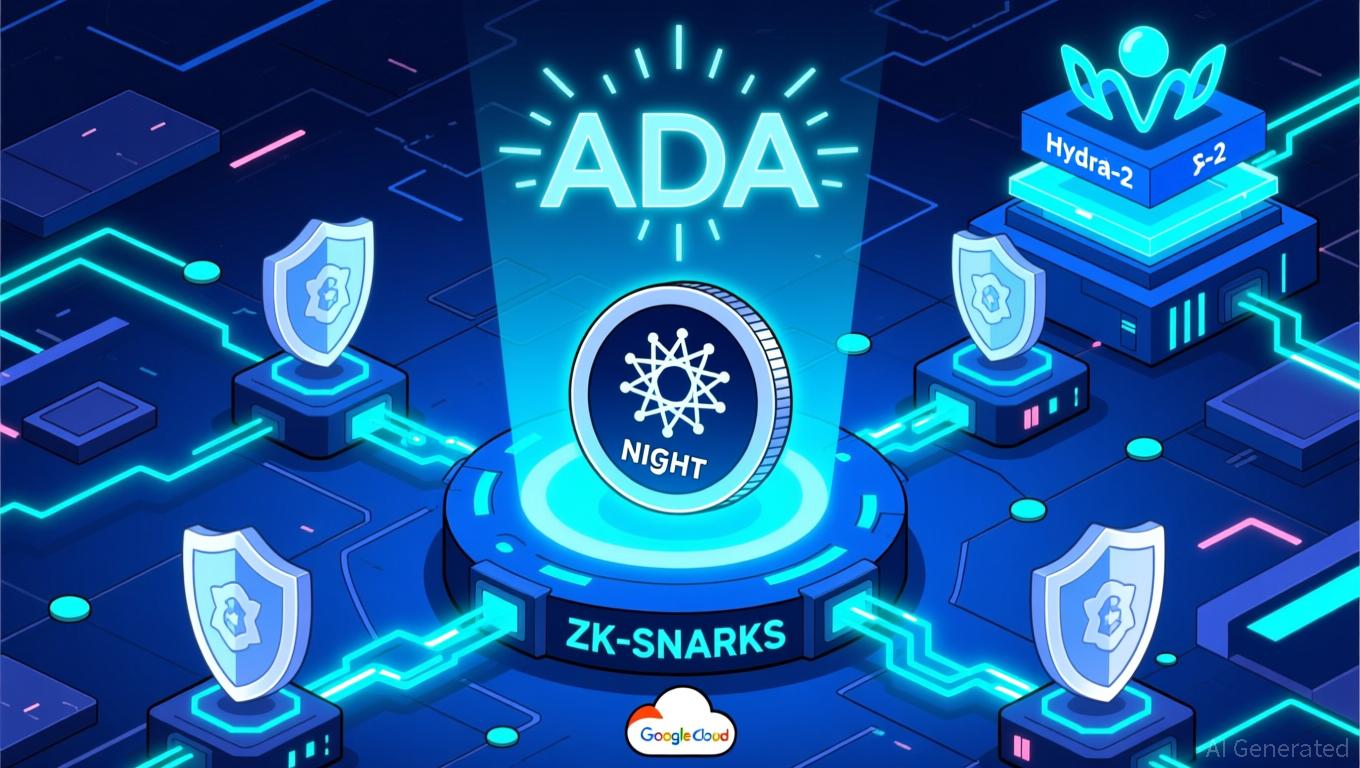The Three Keys to Next-Generation Finance: Deflation, Transparency, and Automatic Distribution
What will the financial systems of the future look like? The question sounds grand, yet its impact quietly penetrates our daily lives. Every time we spend, transfer, participate, or interact online, we are constantly generating value for some system. And yet, where does this value ultimately go? Why is it that our time, behavior, and contribution are treated as “data,” but almost never as “assets”?
A new era is emerging—one that does not rely on speculation or sentiment, but on structure itself. If the last generation of financial systems was shaped by institutions, then the next generation will be shaped by three structural principles: deflation, transparency, and automatic distribution. These are not slogans; they are the fundamental direction of Web3 as it redefines financial value. Every model that genuinely belongs to the future—including structural experiments like BeeVault—will naturally converge toward these three keys.

The first key is deflation. Deflation is not a buzzword; it is a value philosophy: value must have boundaries. In traditional systems, value is diluted by limitless expansion—money printing, asset inflation, uncontrolled supply—causing purchasing power to erode silently. In the on-chain world, deflation becomes a structural commitment: supply becomes verifiable, mechanisms become verifiable, and scarcity becomes verifiable. Some emerging designs are exploring “behavior-driven deflation,” where consumption triggers burning and participation triggers destruction. Models like BeeVault propose letting participation itself strengthen scarcity, gradually tightening and reinforcing system value as users engage. In deflation, value is not proclaimed—it is revealed through controlled scarcity.
The second key is transparency. Transparency means trust no longer depends on a central authority but on verifiable rules. In future financial systems, black boxes will not survive. Rules must be open, data must be accessible, distribution logic must be auditable, and system behavior must be observable. Transparency is not about showing off technology; it is about removing the need to trust any individual. Users no longer rely on operators, teams, or institutions—only on the structure itself. In such a system, security comes from openly visible logic, not from vague promises. Transparency allows participants to truly understand their position in the system and the long-term value their involvement can create.
The third key is automatic distribution. The core question of any financial system is: Who should value flow to? In next-generation finance, distribution can no longer be controlled by a few central actors; it must become a self-executing behavioral logic. The principle is simple: contribution determines distribution. The more you participate, the more you receive; the deeper your involvement, the stronger your accumulation. Smart contracts execute distribution automatically—no approvals, no applications, no human intervention. BeeVault’s idea of “participation triggers return flow” reflects this structural mindset: consumption, behavior, and time crystallize into on-chain hash power, and system growth automatically flows back to contributors. Automatic distribution is not a bonus—it is the return of value to rightful owners.
When deflation sets boundaries for value, transparency creates the foundation for trust, and automatic distribution ensures fairness in ownership, we begin to see the outline of the next financial era. A system built on these three principles no longer depends on emotional market swings, speculative cycles, or institutional decisions. It depends on structure, rules, and long-term value accumulation. Future finance will not ask, “Do you think the market will rise or fall tomorrow?” but instead: “Was your contribution recorded? Was your participation recognized? Did the value you created return to you?” These questions—not price charts—will define the financial systems of the coming decades.
The revolution ahead is not a price revolution but a value revolution. Not a speculation revolution but a structural revolution. Not a volatility revolution but an ownership revolution. Deflation makes value scarce, transparency makes systems trustworthy, and automatic distribution makes participation meaningful. When these principles merge into a single system, a new value paradigm emerges—one in which your time is no longer wasted, your behavior no longer ignored, and your contribution no longer evaporates.
They are recorded. They accumulate. They return to you.
This is the beginning of next-generation finance—and the question BeeVault and other forward-looking Web3 structures are trying to answer.
Disclaimer: The content of this article solely reflects the author's opinion and does not represent the platform in any capacity. This article is not intended to serve as a reference for making investment decisions.
You may also like
Bitcoin News Update: Is MicroStrategy Considered a Technology Company or a Bitcoin Investment Vehicle? Saylor Responds Before MSCI Decision
- MicroStrategy CEO Michael Saylor defends the firm's Bitcoin-centric model amid MSCI index exclusion risks, emphasizing its $500M software business and active financial engineering. - JPMorgan warns delisting could trigger $8.8B passive outflows, citing 57% of Strategy's $59B market cap tied to index-tracking vehicles vulnerable to mechanical selling. - MSCI's review of crypto-heavy firms (holding >50% digital assets) threatens to reclassify Strategy as an investment fund, increasing borrowing costs and d

Bitcoin Updates: Bitcoin Falls Under $82,000 Amid Economic Concerns and Optimism for a Historic Recovery
- Bitcoin plunged below $82,000 on Nov 21, 2025, its lowest since April, erasing 30% of its October peak amid macroeconomic fears and Fed rate uncertainty. - The selloff accelerated ETF outflows ($903M) and liquidated $1.9B in long positions, with Ethereum , Solana , and Binance Coin all posting double-digit losses. - Macro risks including potential MSCI index exclusions for crypto firms and sticky inflation data exacerbated the decline, while perpetual futures open interest dropped 35% from October's peak

Solana's Abrupt Decline: Uncovering the Causes and Implications for Cryptocurrency Investors
- Solana's 30% Q4 2025 price drop revealed diverging investor behavior: institutions accumulated 24M SOL while retail investors sold at losses. - Technical strengths (2s transactions, $0.01 fees) persist, but Bitcoin Munari's 2027 Layer-1 transition raised short-term liquidity concerns. - Institutional confidence via GSR's upgraded tools and strategic asset-class positioning contrasts with retail panic, signaling ecosystem maturation. - Market dynamics highlight the tension between innovation risks (infras
Cardano News Update: Midnight Achieves 24 Billion Token Milestone at 0.80 ADA, Driven by Cardano's Minimal Fees
- Midnight's Cardano-based privacy sidechain minted 24B NIGHT tokens at 0.80 ADA ($0.52), showcasing Cardano's low fees and scalability ahead of Dec 8, 2025 launch. - The project uses ZK-SNARKs for privacy-compliant transactions and a dual-token model (NIGHT for governance, DUST for shielded payments) with cross-chain synchronization. - Token distribution will occur in phases over 360 days, with initial allocations to early contributors and planned exchange listings to stabilize market dynamics. - Cardano'

